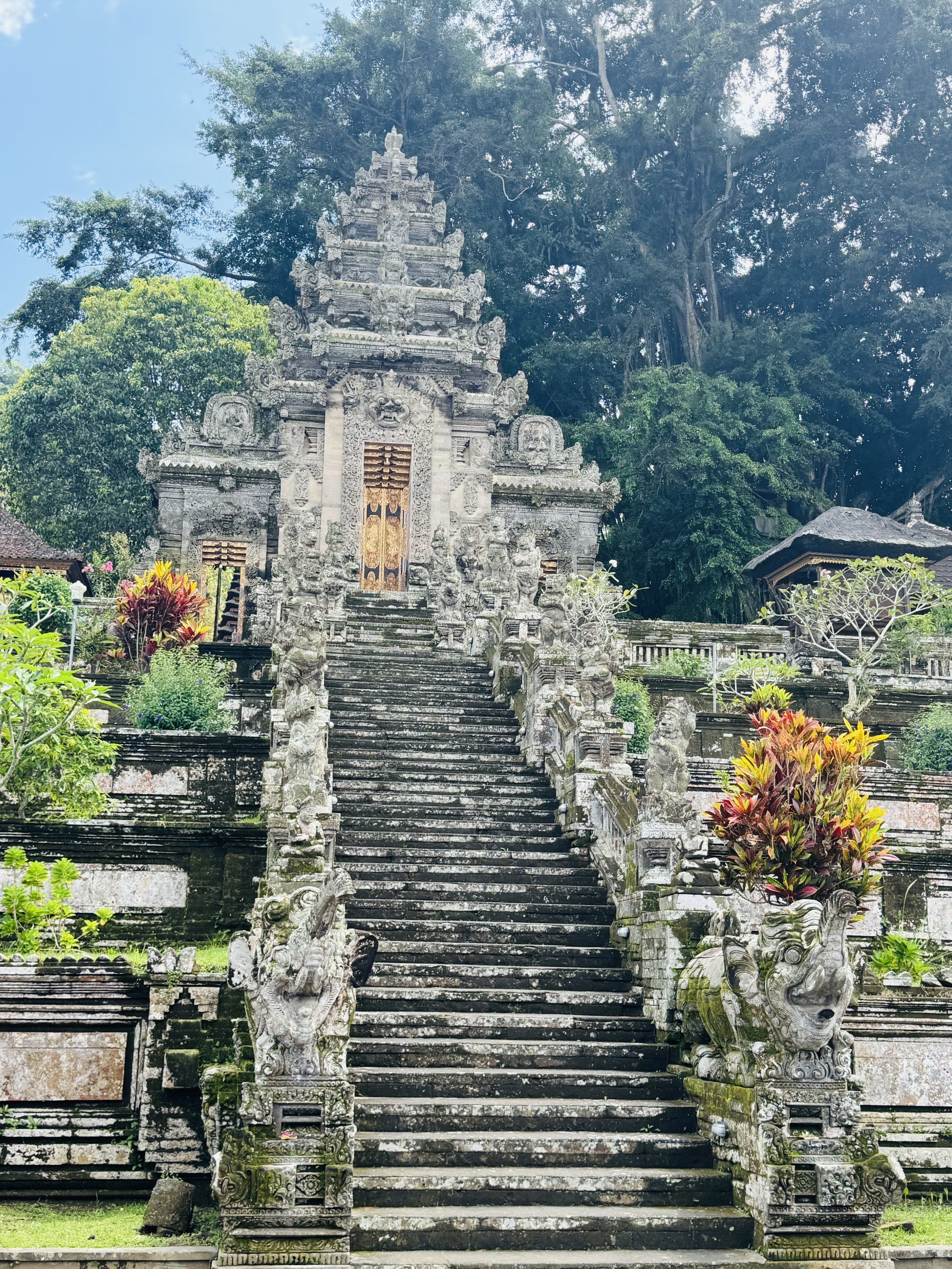To arrive in Trunyan is not just to visit a village—it is to cross into another cosmology. The journey begins with a boat ride across Lake Batur, Bali’s deepest caldera lake, formed by a collapsed volcano whose crater still frames the surrounding land like an ancient memory. There is no land route to the sacred cemetery known as Seman Wayah. It can only be reached by water. That in itself is telling: this is not a place meant to be casually accessed. The dead reside here on the far side of something—a liminal zone where water, mist, and mountain converge.
The Bali Aga people of Trunyan are considered Bali’s original inhabitants, predating the Hindu-Javanese influence that now dominates most of the island’s religious life. Here, animist beliefs and ancestral worship have endured through centuries of outside influence. The villagers live not in opposition to these external forces but alongside them, in a layered coexistence. Hindu elements exist, but they do not overshadow the older, place-based cosmology.
This spiritual geography is meticulous. The village of Trunyan is built in accordance with the sacred directions: kaja (towards the mountain and the gods), kelod (towards the lake and the underworld), kangin (east, the rising sun), and kauh (west, the setting sun). The dead are placed not at random, but within this sacred cartography. The cemetery faces kelod, the direction of water, impermanence, and ancestral return. It is a space for release—but also continuity.
Crossing the lake, you feel the difference in the air. The mountain watches. The water holds its breath. When the boat nudges onto the muddy edge of Seman Wayah, something shifts. Time slows, the ordinary rules soften. The dead are not hidden here. They are not put away. They are part of the landscape. This is not just a cemetery—it is a cosmological statement. A living archive of what it means to belong to place, to land, to those who came before.







